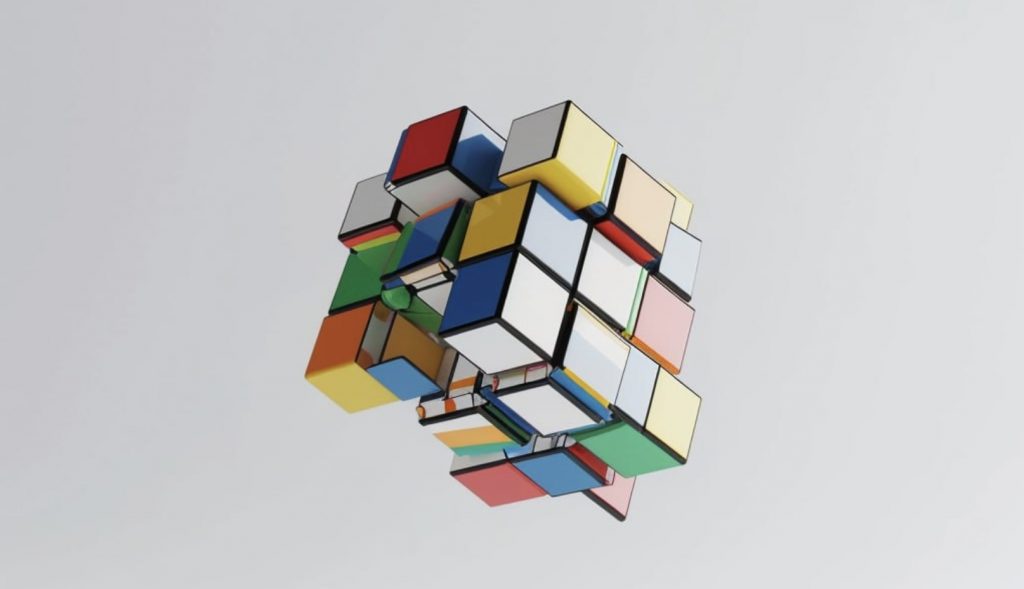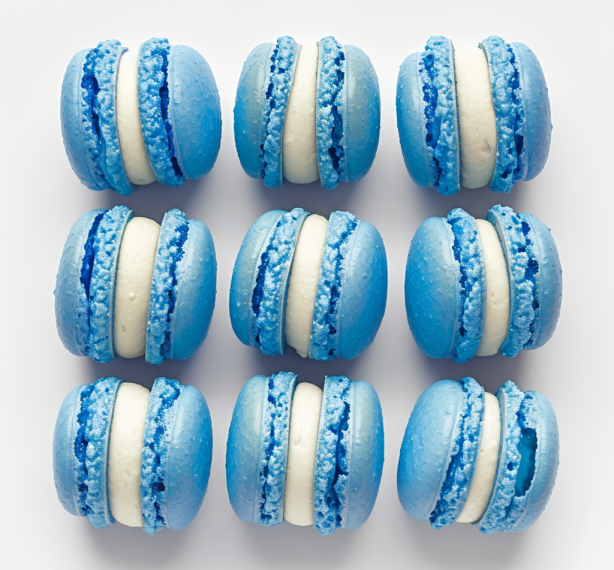
Expectations: Holidays are seen as a bright period of time that we will spend with our loved ones and friends, filling our lives with joy and fun. However, in reality, for many of us, holidays become a period of burnout. They are characterized by endless binge-watching of series, fast food consumption, and total laziness. The balance between personal life and productivity is disrupted to such an extent that it becomes incredibly difficult for us to get back into work mode. How can we quickly, beautifully, and easily transition into work mode? Let’s share the instructions.
The brain is programmed to forget
Everything we don’t use, we forget. And if during the holidays you didn’t check your work email, review your goals and tasks, not even once, be prepared that the first workweek will be a big stress to dive back into the world of multitasking and productivity. To avoid this, dedicate the last couple of days to creating brief outlines, summarizing, and setting new plans for what needs to be done during the first two work weeks. Schemes help organize large volumes of information correctly and allow you to establish the right associations in long-term memory.
In his research, an American psychologist George Miller found that human memory better remembers and retrieves information when it is broken down into categories with a few elements inside. So, if there are up to three elements within one category, the brain can retrieve information almost unchanged. If there are more tasks in the category (from 4 to 6), the brain can retrieve about 80% of the information. The experiment’s conclusion is that the more tasks in one category, the less you will be able to remember. Therefore, the best strategy is to divide everything you need to quickly remember in the new year into no more than 3–4 categories, with no more than 4 tasks inside. Thus, with one look at old schemes and lists, your brain will quickly remember what needs to be done without extra effort.
A couple of days before returning to work or study
Be prepared that it may be very difficult for you to focus and maintain attention on your usual tasks in the first couple of days. This is because during the holidays, the brain stops reinforcing the usual “work” neural connections, and some of them will need to be rebuilt and reinforced anew. The best strategy would be to start collecting small puzzles (up to 24 elements) a couple of days before returning to work, several in a row, to enhance your concentration, attention, and tune your brain to maintain tasks. Puzzles are a universal trainer that excellently restores cognitive abilities in the shortest possible time. Downloading an app on your phone will be convenient not only because puzzles will always be at hand in case you need a quick pick-me-up but also because, in apps, you can constantly change pictures, making the brain work harder. Be sure to use puzzles in the morning on your first workday to make it as productive as possible.
Multitasking
In the first couple of weeks after returning to work, avoid multitasking. Multitasking is a myth, as the brain doesn’t actually do multiple tasks simultaneously, but rather quickly switches between them. When switching tasks, different parts of the brain are involved. The prefrontal cortex processes incoming tasks, the posterior temporal lobe is the analytical center that makes decisions, the anterior cingulate gyrus recognizes errors, and the premotor cortex prepares the body for action. We can only switch between tasks relatively quickly and with minimal errors when part of the work has become automated. However, after long holidays, rapid task switching will be taxing on your brain. To avoid repeating work, focus on one task at a time instead of juggling multiple tasks simultaneously. Follow your list, performing one task at a time, so you will do everything you planned well and quickly, without stress or burnout.
Flow state
Working in a flow state means being immersed in tasks without being distracted by external irritants, not noticing time, and being immersed in the process when it brings pleasure. We all strive for a flow state to make tasks easier and more inspiring. In his book on flow states, Mihaly Csikszentmihalyi discusses how to enter it. Let’s take the most effective methods from his techniques.
Remove all distracting factors: gadgets with social networks, background noise or TV, all unnecessary things from the desk. Leave only what you really need for the work process. Minimalism will allow you to focus on the most important things.
Set yourself clear, specific, achievable daily goals with a good balance of difficulty level so that you don’t get bored, but also don’t feel that your goals are difficult to achieve. This allows your brain to produce enough dopamine with each successfully completed task to remain motivated throughout the day.
To stay in a flow state for a long time, a mandatory condition is control over the situation with feedback on results. Make regular checks and discussions with colleagues and project partners on how quickly and successfully you are progressing towards your goals. Social connections in the work environment will also help you quickly get into the usual mode, feel support, and create the right work atmosphere.



